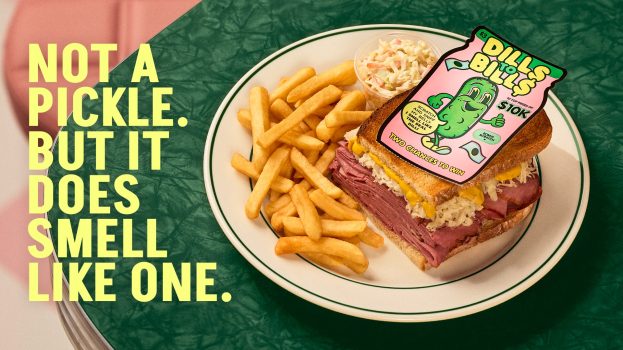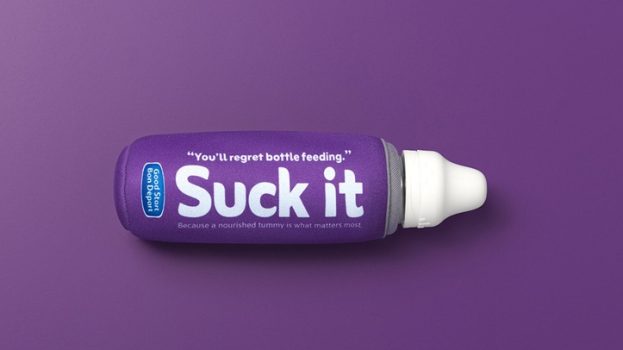We’re constantly polling and interviewing young Canadians. And qualitatively and quantitatively, we’re hearing about lots of developments in food and drink.
A Quizno’s on every corner. Red Bull and its knockoffs in every convenience store. The Chai Latte at your Starbucks; the caffeinated water in your local 7-Eleven; the Vegans, Vegetarians, Organics, Lacto-Ovos, Anti-Globalists, Adbusters, protein junkies and even the invention of low-carb beer (gasp!).
Every one of these developments is youth-driven and youth-focused, and every one of them has come to pass only because of the rise of the Alternivore.
With each passing day, more and more young people subscribe to the ethos of the Alternivore: the notion that the food and drink category is ripe for experimentation and none of the old rules apply. In the past five years – just after the big coffee explosion really started to take hold – we’ve seen a rash of new trends take root. The only thing they all have in common is a real point of difference from what was before.
Ten years ago, vegetarianism and other alternative eating philosophies were for the dogmatic: you were either a vegetarian or you weren’t, or you took supplements of some sort or you didn’t. These were choices that said something about you.
As a young person, if you were a vegetarian, well, you were probably some sort of hippie. Taking supplements? You were an athlete, or a weight trainer.
But now, more and more young people are incorporating some form of alterna-eating into their daily rituals, and the past year or two has seen what amounts to a paradigm shift – a tipping point if you will.
Your everyday, average young person has some sort of Alternivore instinct, and is looking for alternatives to what might be seen as traditional food and drink: non-vegetarians exploring vegetarian restaurants, for instance, or people who don’t normally take vitamins or supplements looking for enhanced beverages at their corner stores.
Some young people do this all the time, but almost all young people are doing this some of the time, and never before has there been such a confluence of influences creating such dramatic change.
Look at the quick service restaurant industry, for instance: Anti-globalists are rejecting the big fast food brands due to their size, as much as anything else; health advocates are rejecting them for their perceived food quality; the more diverse young person finds him or herself eating fast foods from other world cuisines more often; and the coolest kids want to find out whatever it is that’s new, so they gravitate away from the big old mainstream fast food brands.
Put all of these together, and it starts to explain the wholesale change in the industry over the past few years. And the same thing is happening all over the place, as soy beverages create an intolerance for the dairy category, energy drinks take a bite (a sip?) out of the soft drink market, and low-carb diets zone in on cereal manufacturers.
What this means to youth marketers, as usual, is that there is some good news and some bad news.
The bad news is that the product benefits from traditional food and beverage brands mean less and less to young consumers, and key messages need to change.
The worse news is that some brands face significant problems – either in product quality or operations – and real changes need to be made to win back young consumers.
But the good news is that the young Canadian has never been more interested in food and drink changes, and is paying attention to new products, even if they come from traditional big brands.
Last autumn Youthography asked over a thousand young Canadians what previously-untouched beverage they were most interested in trying.
We got dozens of different answers – proving how smart young consumers are about this category, and how open they are to change. Vanilla Pepsi, which was just launching at the time, was the number-one answer with 12%. But Sobe products and Red Bull also made the top five, proving that smaller brands are playing with the big boys, as the young Alternivore continues to expand his or her food and drink horizons.
And that’s the way it’s going to stay: the only constant, now, will be change. So if you are working for a major food or drink brand, try to launch a new product or line extension that’s as forward-thinking as possible. Not every one of these will work, obviously, but the industry is changing, and all marketers will be forced to change with it.
Max Valiquette is the president of Youthography, a leading youth-driven marketing consultancy providing strategic research, planning and programs for organizations targeting young people. He can be reached at max@youthography.com.























